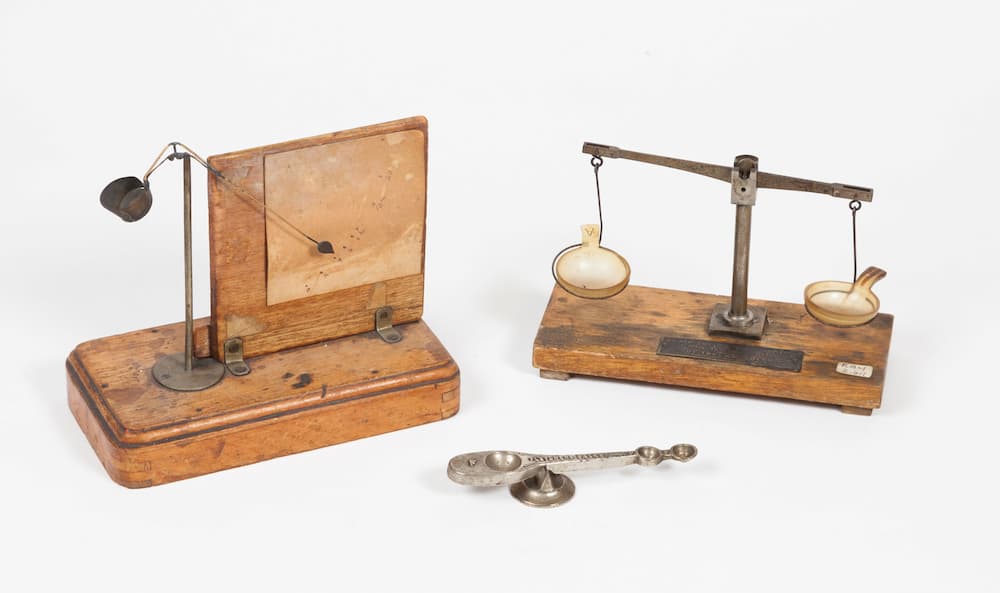The British Dental Museum
Our museum is home to one of the largest collections of dental heritage in the UK.
The British Dental Museum is the largest collection of dental heritage in the UK. Spanning the 17th century to the present day, highlights of the collection include dental chairs, drills, oral hygiene products, and the infamous 'Waterloo' teeth. With approximately 30,000 items, the collection actively holds objects reflecting the development of the dental profession in the UK.
Curators and museum volunteers continuously care for the historic dental museum collection. Through constant monitoring of the temperature and relative humidity and covering the displays of vulnerable pieces of furniture and large surgery equipment, we know our storage areas maintain a generally stable environment.
You can find the full listing of items in our museum catalogue.
Current exhibitions
The British Dental Museum is currently closed until further notice.
You can visit the website of our last temporary exhibition: The Challenge of the Perfect Embouchure.
The exhibition celebrates the life and pioneering work of Maurice Porter, an amateur clarinettist who understood how important a player's dentition, lip and facial structure are to the sound created by an instrument. With his dental skills he was able to help musicians, many with poor dentition or facial injuries to perform with confidence.
Volunteering
Volunteers make invaluable contributions to the museum, preserving the collection while gaining important new skills. Anyone aged over 18 is welcome to volunteer.
While most of the work is undertaken at the museum, such as cataloguing objects and exhibition research, there are opportunities to contribute to displays and talks off-site. If you are interested in volunteering, we'd love to hear from you! Please complete a volunteer interest form and email it to [email protected].
Research Services
If you need help with tracing your dental ancestor, then we may be able to help you. We can check the Dentist Registers, obituaries and see whether they published anything in the dental press. We ask for a donation to this service. To contact us with your enquiry please email [email protected]
Donating objects
The dental museum still actively collects objects reflecting the development of the profession in the UK. If you wish to donate a piece, contact [email protected] and give as much information as possible.
We may ask for photographs to identify the objects and assess their condition. We are unable to give valuations for objects and suggest that you contact an auction house. Due to certain constraints such as limited storage space, health and safety needs and the Human Tissue Act, the museum is unable to accept every item which is offered.
Contact the museum
If you are interested in finding out more about our work or have any questions about the museum, please get in touch:
Email: [email protected]
Phone: 020 7535 5832
Support the museum

